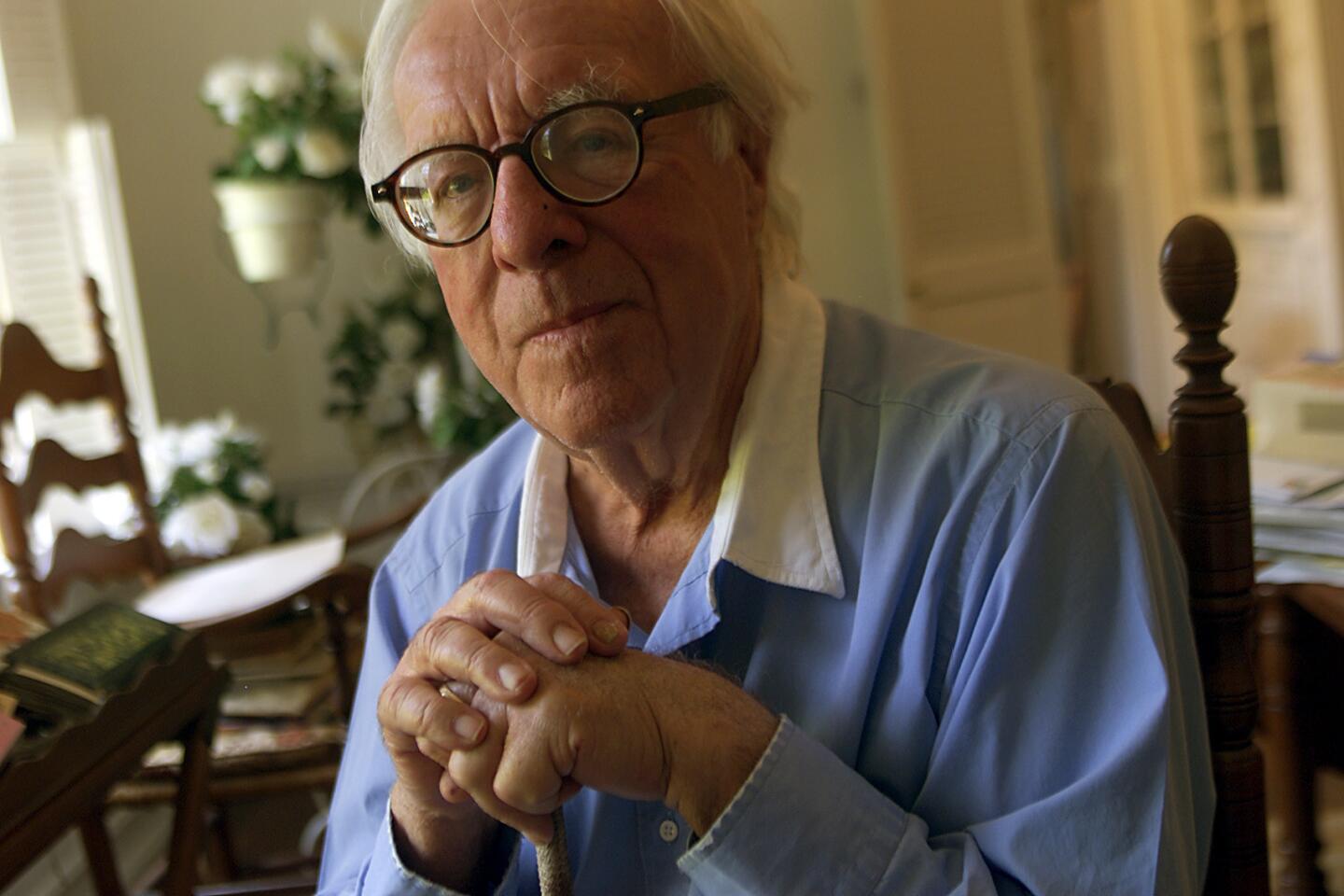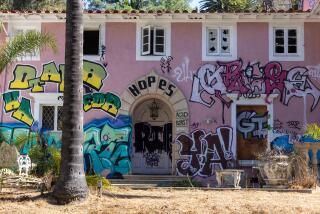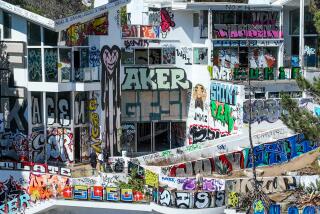Ray Bradbury’s house: The postmortem
The house that Ray Bradbury lived in for 50 years in Los Angeles’ Cheviot Hills neighborhood was torn down this month by “starchictect” Thom Mayne, who bought it for $1.765 million and plans to build a new house on the lot.
What happened? Why did fans of the author of “The Martian Chronicles,” “Something Wicked This Way Comes” and “Fahrenheit 451” not get a chance to make their case that the house be saved? Here’s a breakdown of the Case of Ray Bradbury’s Demolished House.
May 2014: Bradbury’s house is listed for sale for $1.495 million. “10265 Cheviot Drive is perhaps Cheviot Hill’s most important address. For more than half a century it was home to Ray Bradbury, one of the most celebrated, beloved authors of our time,” the listing begins. News that Bradbury’s house is for sale spreads nationally and internationally via the Los Angeles Times, Yahoo, NPR, the Guardian and many other outlets.
June 2014: The Bradbury house quietly sells for $1.765 million.
Dec. 30, 2014: A demolition permit “to clear the lot” is issued for 10265 Cheviot Drive.
Jan. 9-12, 2015: Demolition begins, fans and friends take to the Internet -- with photos -- to share the sad news. By the time the first photos are posted, most of the 2,400-square-foot house had been knocked down.
Jan. 13: After Curbed LA reports that the house is being destroyed, the news spreads widely, but literary fans are too late to save it: The house is too far gone. Curbed LA discovers something that ignites the attention of architecture fans: Pritzer prize-winning architect Thom Mayne and his wife, Blythe Alison-Mayne, are the new owners of the property.
Jan. 14: Asked for comment, the Los Angeles Conservancy tells the L.A. Times that “the Conservancy was very dismayed at the demolition of such a culturally significant place.”
Jan. 14: The Center for Ray Bradbury Studies, at Indiana University, spreads the word that while Bradbury’s home may be destroyed, it has many of Bradbury’s former belongings and it hopes to re-create his home office as it appeared in the 1960s.
Jan. 15: Thom Mayne speaks to Melville House’s litblog MobyLives about the house in a conversation posted Friday. He asserts that he and his wife had “no idea it was the Bradbury property.” After they did, they were struck by the 1937 building’s “ordinariness” and that “nobody wanted to turn the house into a relic.” Mayne seemed baffled that his wholesale destruction of the property had been met with dismay, expressing “shock” about it, saying, “it’s really been a bummer.”
Jan. 16: L.A. Times architecture critic Christopher Hawthorne writes, “L.A. and other cities in the region continue to make it possible for too many developers to bulldoze first and apologize later.... There are few effective policies to protect buildings whose importance is more cultural or historical than architectural.”
Jan. 13-17: Observers are split. Some find Bradbury’s house “nothing special” and support Mayne’s decision to buy and raze it. A characteristic comment on the L.A. Times website reads, “It’s a sad little house. Let it go. Mayne will build a true 21st century house there. In this city that has always been more about the future than the past, that’s more appropriate than clinging to an outdated, meek little tract house.” Meanwhile, Sam Weller, Bradbury’s authorized biographer, spoke up for those who had wished Bradbury’s house had another end, tweeting, “He lived a very long life and more than half of it was in that house. His energy was still there even after he had died.”
Jan. 21: Thom Mayne and Blythe Alison-Mayne speak to Frances Anderton on KCRW. “When they said that it had been Ray Bradbury’s house and that he had died there, I thought that was an interesting little factoid, but it didn’t really mean a whole lot to me except for the fact that he lived there. But it was such a bad house, really one of the worst in the neighborhood,” Blythe begins. Thom adds, “I could make no connection between the extraordinary nature of the writer and the incredible un-extraordinariness of the house. It was not just unextraordinary, but unusually banal.”
Jan 22: In London, there are dozens of homes marked with blue plaques marking the famed writers who’ve lived there. But those are on structures that remain standing, something not possible for Bradbury’s demolished home. Mayne says that he plans to build a wall between the his future home and the street and inscribe it with the names of Bradbury’s books.
Book news and more; I’m @paperhaus on Twitter
More to Read
Sign up for our Book Club newsletter
Get the latest news, events and more from the Los Angeles Times Book Club, and help us get L.A. reading and talking.
You may occasionally receive promotional content from the Los Angeles Times.











